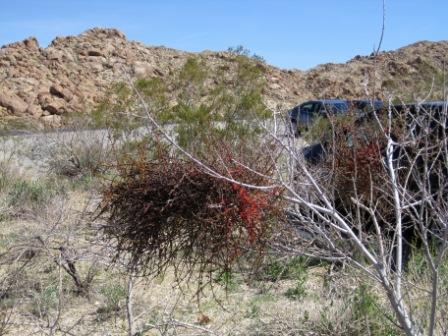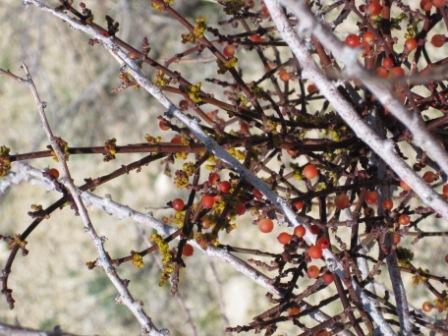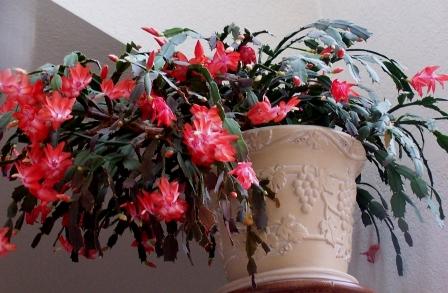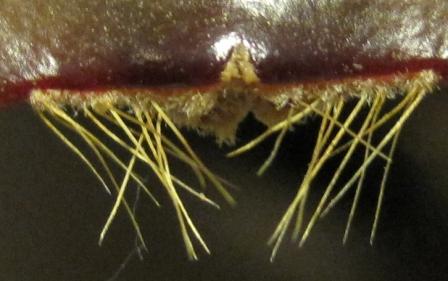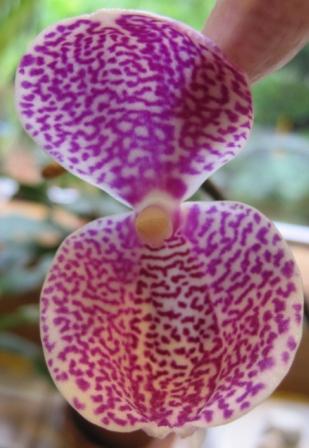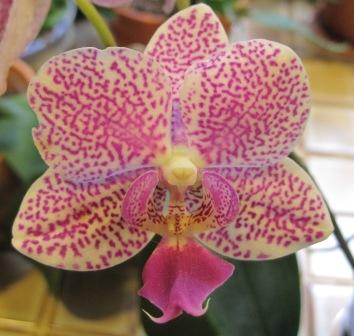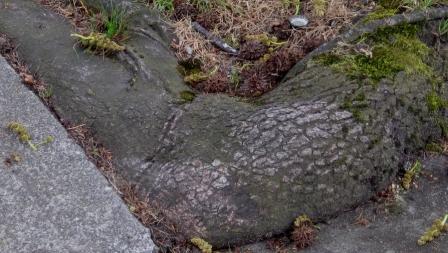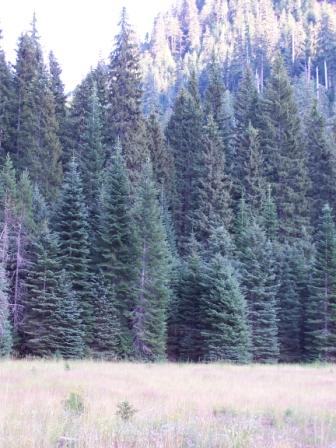I spent yesterday flying from Seattle to Buffalo and didn’t get a chance to post the answer to the puzzle on Friday. This was an easy one for our readers – the shrub is (was?) a mesquite, and the bushy growth in the photograph is mistletoe (as identified by Bob and seconded by Ginny and Jimbo).
I am pretty sure this mesquite was dead, as it had been a wet spring and everything was leafing out. That being said, I didn’t cut into the bark to find out. If it is dead, that does raise the fascinating question of how the mistletoe can extract water from a dead shrub. So it’s likely that the mesquite is just slow to leaf out.
This (and other) mistletoes provide food for native birds, and as Jimbo points out they are the perfect dispersal mechanism for the sticky seeds. There’s a great video of this behavior in the "Secret Life of Plants" by David Attenborough – if you haven’t seen this series, you should. Amazing.
Thanks, all, for playing – and Peter, your last comment was perfect!
